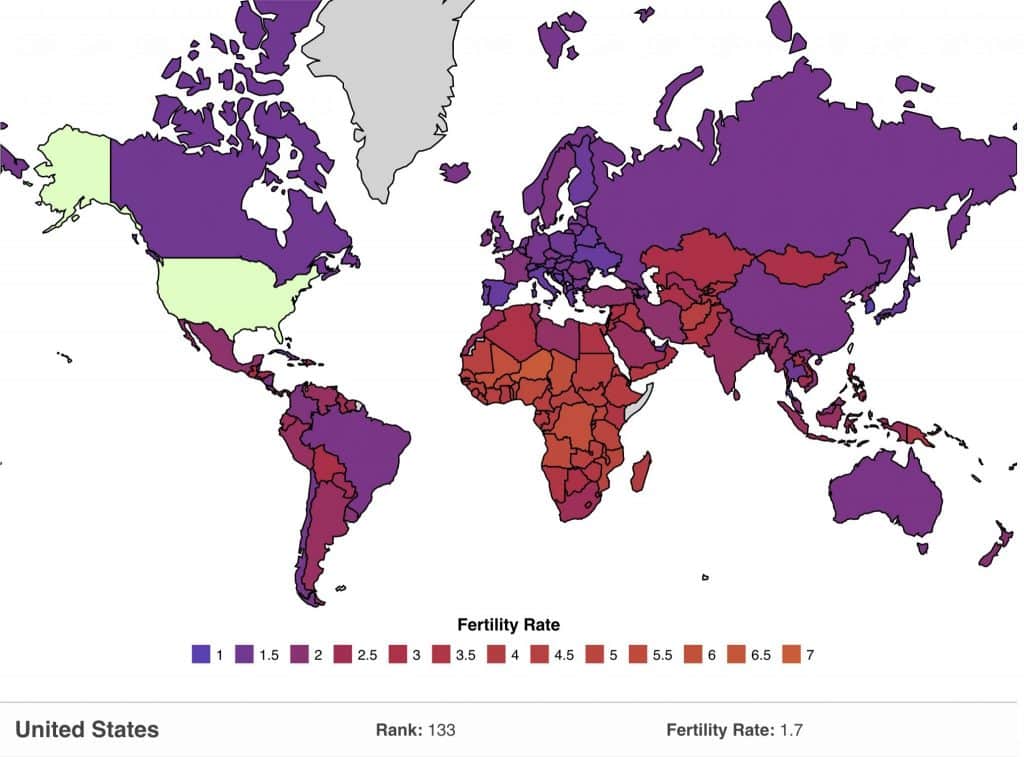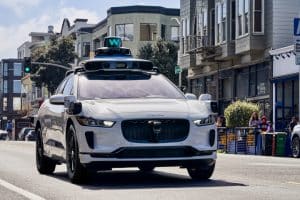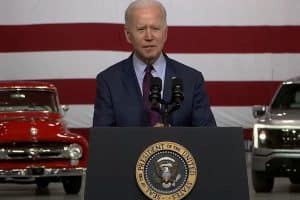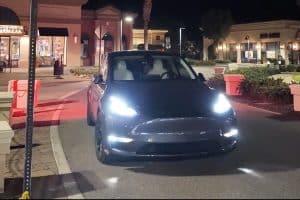At the Wall Street Journal’s (WSJ) CEO Council Summit, Elon Musk shared some updates on the Tesla Bot and how it could alleviate human labor shortage in the future.
During Tesla AI Day, when the company unveiled the Tesla Bot, Musk explained that the humanoid robot could be used to help with “boring, repetitive, dangerous work.” At the WSJ summit, Musk elaborated further on the primary purpose of the Tesla Bot.
“[The Tesla Bot] has the potential to be a generalized substitute for human labor over time. The foundation of the economy is labor. Capital equipment is essentially distilled labor… The fundamental constraint is labor. There are not enough people. I can’t emphasize this enough. There are not enough people. I think one of the biggest risks for civilizations is the low birthrate and the rapidly declining birthrate.
“And yet, so many people, including smart people, think there are too many people in the world and think that the population is going out of control. It’s completely the opposite. Please look at the numbers. If people don’t have children, civilization is going to crumble. Mark my words,” Musk said.
Multiple studies through the years have shown that global birth rates are declining. According to the UN Population Division, for a country to naturally replace its population, it should have a fertility rate or replacement rate of at least 2.1. Very few countries have a birthrate that meets the minimum replacement rate.
A quick look at the map below reveals many countries worldwide have a fertility rate below 2.0. For instance, China has a fertility rate of 1.7, and Japan’s is 1.4. Asia’s fertility rates seem to fluctuate between 1.0 to above 2.1.

Meanwhile, in Europe, most nations have a fertility rate below 2.1. For example, Germany has a fertility rate of 1.6, and Italy’s replacement rate is 1.3. In North America, it is below 2.1 as well. The United States has a fertility rate of 1.7, and Canada’s replacement rate is 1.5.
Some parts of the globe have fertility rates higher than 2.1, like Nigeria, which has a replacement rate of 5.4. However, births are trending on a decline. For instance, Nigeria’s current fertility rate decreased from 6.35 in the ’60s to its current rate in 2019.
Experts believe declining birth rates could slow economic growth. One study published by the University of Alabama identified some adverse outcomes of declining birth rates, including labor shortages, wage pressures, and large turnover rates. The Tesla Bot seems to be a resolution to expected labor shortages caused by low birth rates.
Tesla is due to release a prototype of its humanoid AI robot next year. The company has already started a hiring ramp for the Tesla Bot in 2022. Tesla has posted jobs mostly related to manufacturing and engineering for its humanoid robot, like postings for Controls Engineers and Engineering Technicians.
Musk shared also shared some details about Tesla’s progress with its humanoid AI robot project at the summit.
“With Tesla Autopilot and Full Self-Driving we’re effectively creating the most advanced, practical AI for navigating the world. You can almost think of Tesla as the world’s biggest company, or semi-sentient robot company. The car is already kind of like a robot on four wheels. So then, it’ll probably take the same technology and put it in a humanoid robot and make it be useful.
“Essentially, for the humanoid part, we need to develop some custom actuators and sensors and essentially use the Tesla Full Self-Driving or Autopilot or just generally speaking, real world navigation AI for the humanoid robot and I think this could be quite profound. I don’t know exactly when we will get this right, but we will get it right,” he said.
Watch Elon Musk’s WSJ interview below!





